Xinhe Ceramic Capillaries
Xinhe Ceramic Capillaries (瓷嘴、銲針)
- Improve bonding performance with Xinhe ceramic capillaries
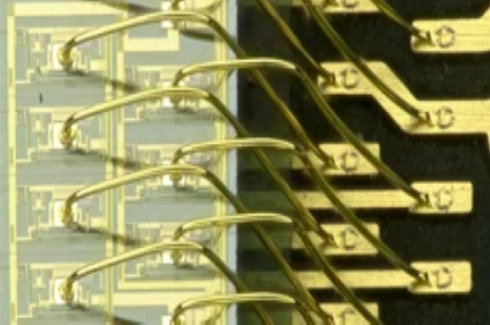
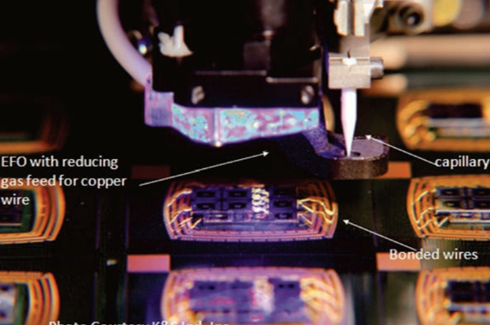
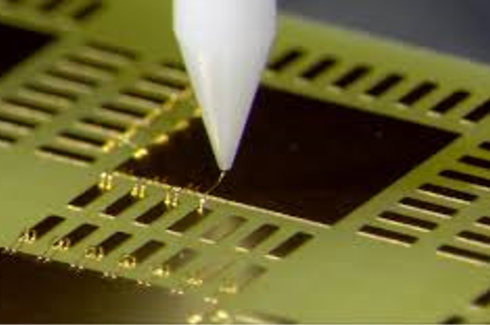
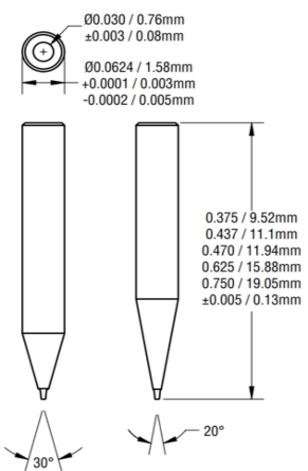
Large Geometry Dimensions
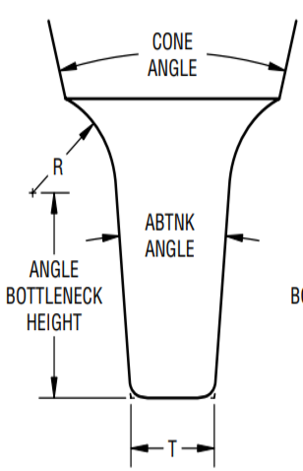
Angle Bottleneck Geometry Dimension
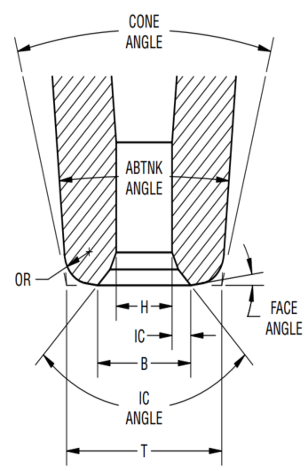
Small (Tip) Geometry Dimensions
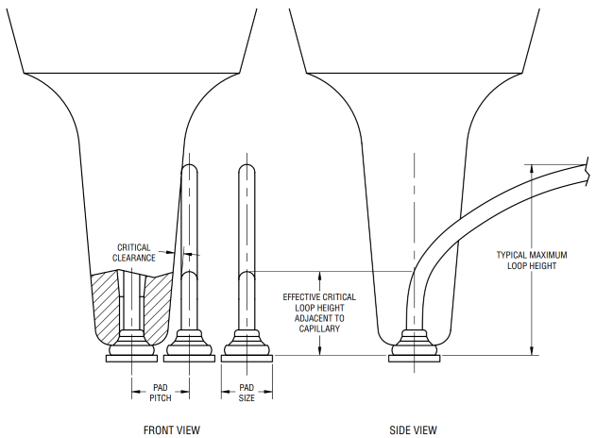
Important Elements for Determining the Proper Tools in Fine-Pitch Wire Bonding Applications:
- Bond Pad Pitch: The distance between the centers of the bond pads.
- Bond Pad Size: May be square, rectangular, or round. The most important dimension is the size along the pad pitch, as shown above.
- Loop Height: The most important aspect of wire loop height is the effective critical loop height directly adjacent to the capillary. If the capillary is designed to clear only the maximum loop height, which occurs away from the capillary, then the “T” dimension will be less than required, resulting in a less than ideal second bond.
- Critical Clearance: The design clearance between the capillary angle bottleneck, capillary manufacturing tolerances, loop control, and desired quality standards all influence the designed clearance.
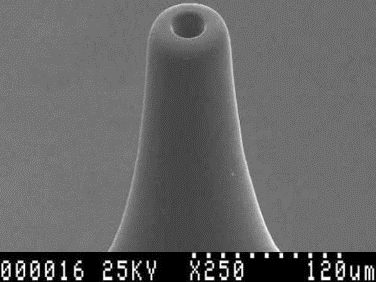
45µm pitch capillary
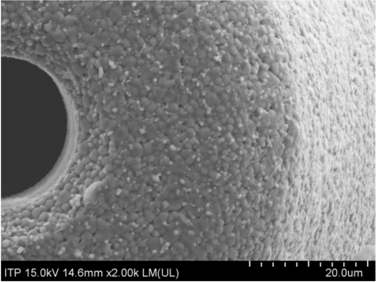
45µm pitch capillary
With mat CD
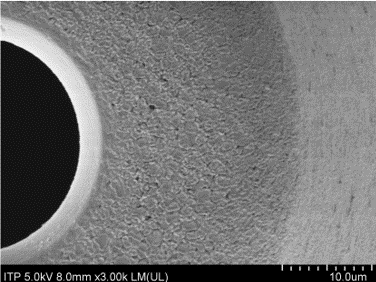
45µm pitch capillary
With Polished CD
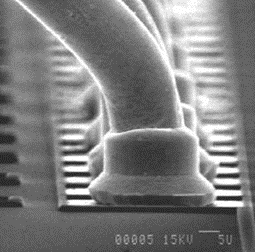
45µm pitch ball bonds
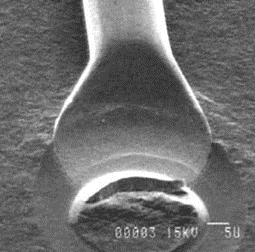
45µm pitch stitch bond
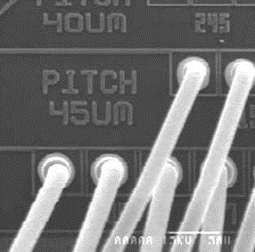
45µm pitch package using 18µm cu wire
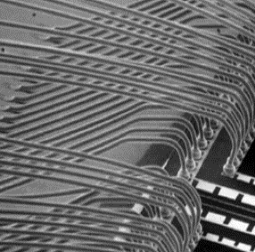
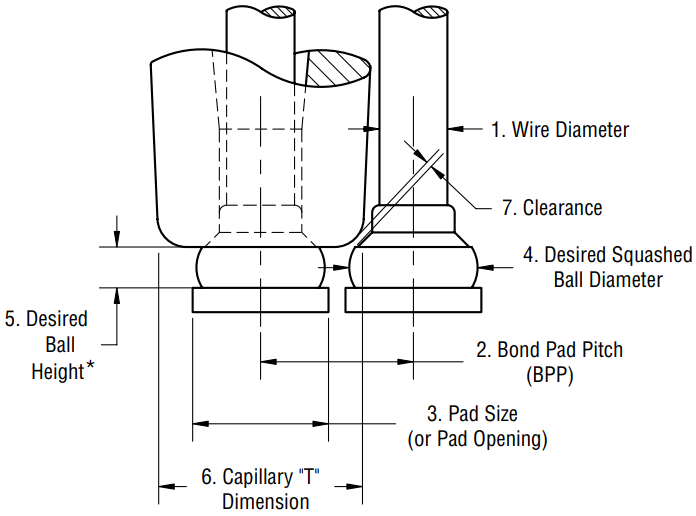
Key Elements of Ultra-Fine-Pitch Ball Bonding
Basic Application Requirements:
- Wire diameter
- Bond pad pitch (BPP)
- Pad size or pad opening
- Desired squashed ball diameter
- Desired ball height
Resultant Dimensions:
- Capillary “T” dimension
- Clearance
| Xinhe Check list | ||||
|---|---|---|---|---|
| Item | Unit | Data | Remark | |
| Wire | Materials | Gold / Copper / Alloy | ||
| Diameter | µm | |||
| Bond Pad | BPO | µm | ||
| BPP | µm | |||
| Layout | Linear / Staggered / Multilayer | |||
| Bond Spec. | Mashed ball diameter | µm | ||
| LOOP height | µm | |||
| Ball on the stitch bond | µm | |||
| Present capillary part number | ||||
| Binder Model | ||||
| Other Requirment | ||||